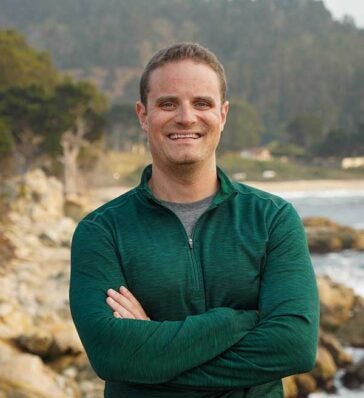 Presentation by Matthew Savoca, PhD,
Presentation by Matthew Savoca, PhD,
Research Associate, Hopkins Marine Station of Stanford University
Date: Wednesday, March 13th
Time: 2pm-3pm
Location: Graduate School of Oceanography, Coastal Institute Building, Large Conference Room
Lecture Details: Sentinel species can provide insight into ecosystem function, act as leading indicators of risk to human health, and serve as harbingers of future environmental change. Baleen whales have been well studied as climate and ecosystem sentinels, but their applicability as bioindicators of marine pollution is less clear. In this seminar, I will discuss the role of baleen whales as pollution sentinels through several studies on microplastics and PFAS. In coastal California, we combine field measurements of whale foraging and plastic pollution and find that krill-obligate blue whales may ingest 10 million anthropogenic microparticles per day feeding. In other work with colleagues at the University of Rhode Island, we assess the ability of baleen – an accreting, keratinaceous tissue that baleen whales use for filter-feeding – to track PFAS dynamics in marine food webs. Building off that project, we are now delineating chemical stressors to the recently described and critically endangered Rice’s whale using museum-archived baleen specimens. Overall, baleen whales have emerged as useful sentinels of specific pollutants in pelagic environments.
Matthew Savoca is an integrative ecologist whose research focuses on anthropogenic change in marine systems through the lens of top predators. He is currently a Research Associate at the Hopkins Marine Station of Stanford University. Matthew completed his Ph.D. in Ecology at the University of California, Davis, where he studied why marine animals mistake plastic debris for prey items. More recently, he has investigated how pollutants such as plastic debris and PFAS flow through pelagic food webs. Matthew is also passionate about science communication and has written popular science articles have appeared in the San Francisco Chronicle, Scientific American, and the Washington Post.

